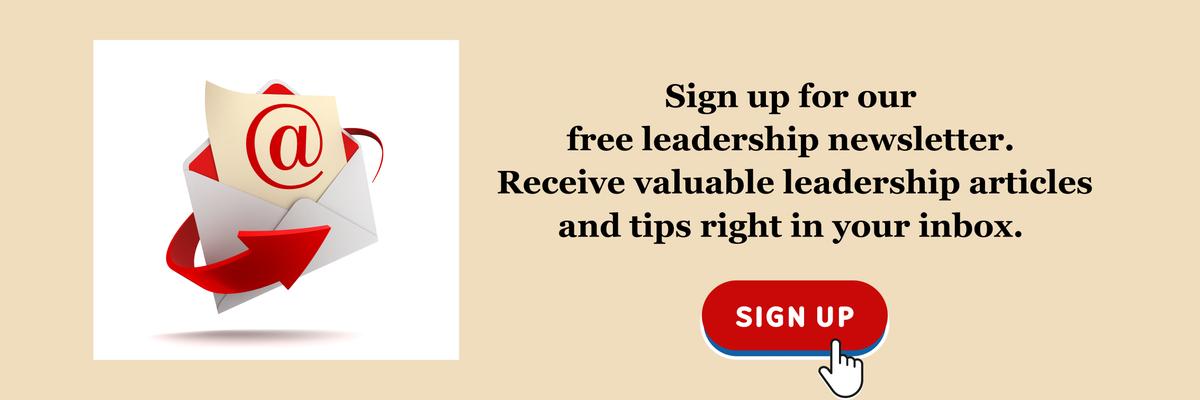Meet Sarah, a young entrepreneur who started a new business selling custom-made jewelry online. She had a great product and an impressive website, but she struggled to get any sales in the first few weeks of launching.
Instead of giving up, Sarah decided to follow up with potential customers who had visited her website but had not made a purchase. She sent them personalized emails offering discounts and special deals on her products. She also asked for feedback on why they did not buy and how she could improve her offerings.
Through this follow-up strategy, Sarah was able to convert many of these leads into paying customers. She also learned a lot about her target market and made improvements to her website and product offerings based on the feedback she received.
As a result of her persistence and willingness to follow up, Sarah’s business began to take off. Within a few months, she was making consistent sales and her customer base was growing rapidly. Today, Sarah is a successful entrepreneur with a thriving business, all thanks to her commitment to following up with potential customers and taking their feedback seriously.
Follow up and persistence can be a powerful tool in achieving your business and life goals.
Following up after a meeting or a sales call often seems like a lost art. So many neglect to do it. Effective follow-up techniques help you stand out from the competition, build trust, and increase the likelihood of creating successful outcomes.
Send a Thank-You
Sending a thank-you note (the old fashioned kind that requires a stamp) or thank you email after a meeting or sales call is a simple but effective way to show your appreciation for the other person’s time and interest in your product or service. It also provides an opportunity to reiterate the key points discussed and set expectations for next steps.Personalize Your Follow-Up
Personalizing your follow-up communication can help you stand out from the competition and demonstrate your interest in the other person’s needs and challenges. Personalization includes references to what you learned (“I’m delighted you and Dan are friends, too”). Use the information you learned during the meeting or sales call to customize your follow-up email or written note, demonstrating that you understand their needs and are committed to finding solutions that meet their unique requirements.Ask for Feedback
Like Sarah, you can use follow up to solicit valuable feedback. It can be an informal question like, “What did you think about my idea about business growth?” for someone you met at a networking event or more specific like Sarah’s, “What kept you from purchasing after visiting my website?” After providing a service, you can ask about how you did, and what you could have done better. Asking good questions in follow up creates engagement.Provide Additional Value
Offering additional value, such as relevant articles or resources, can be an effective way to demonstrate your expertise and add value to the relationship. Providing information or insights that align with the other person’s interests or challenges can show that you are invested in their success and position you as a trusted partner. Good examples would include a blog you wrote or found related to the person’s interests, a URL or even a great restaurant or movie recommendation.Help Make a Connection
I like to connect like-minded people, or introduce those who can mutually benefit each other’s effort. The best connections are people who can be resources to help the person you’ve just called on. I’ve met some terrific people and resources that someone suggested to me.Be Persistent, but Not Pushy
Following up after a meeting or sales call requires persistence, but it’s important to avoid being too pushy. Respect the other person’s time and commitments, and follow up at reasonable intervals, such as a week or two, depending on the context. It’s also important to provide an easy way for the other person to opt-out or indicate that they are not interested in pursuing the opportunity further.Use Multiple Channels
Using multiple communication channels, such as email, phone, or social media, can help ensure that your follow-up message is received and increase the chances of a response. However, be mindful of the other person’s preferences and avoid overloading them with messages across multiple channels.Set Clear Next Steps
Setting clear next steps can help move the conversation forward and demonstrate your commitment to following through. This could include scheduling a follow-up meeting, providing additional information or resources, or agreeing on a timeline for the next steps in the sales process.There are some things in life you can’t control, but following up isn’t lone of them. following up after a meeting or sales call is a critical part of building relationships and closing deals. By using the techniques outlined above, you can effectively follow up with your prospects or clients, stand out from the competition, and increase the likelihood of closing a sale. Remember, effective follow-up is about providing value, demonstrating your expertise, and building trust over time.









